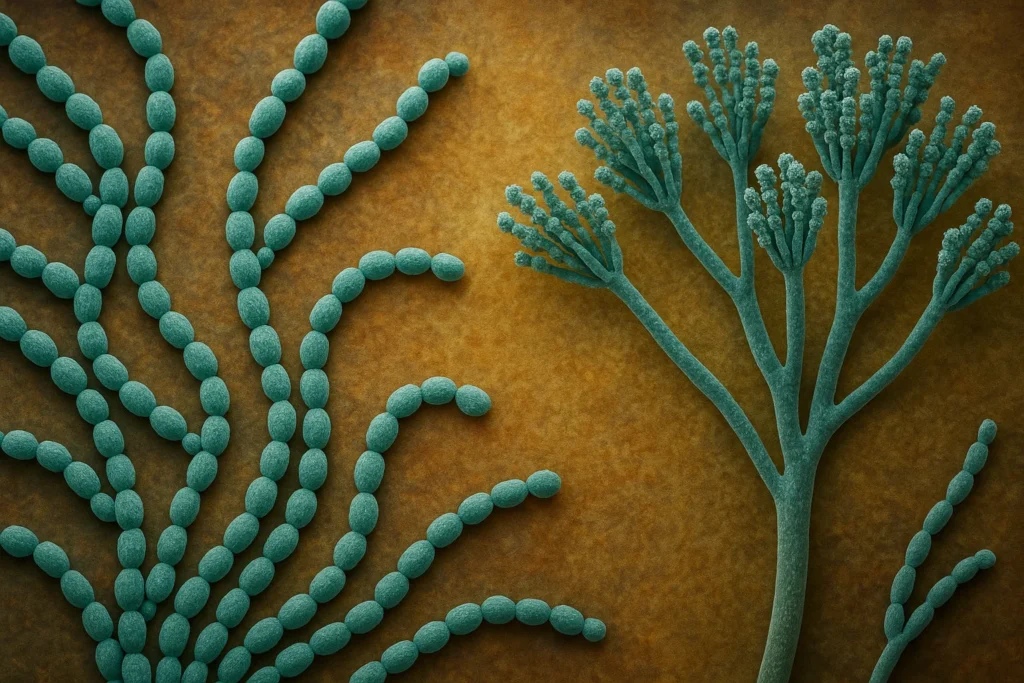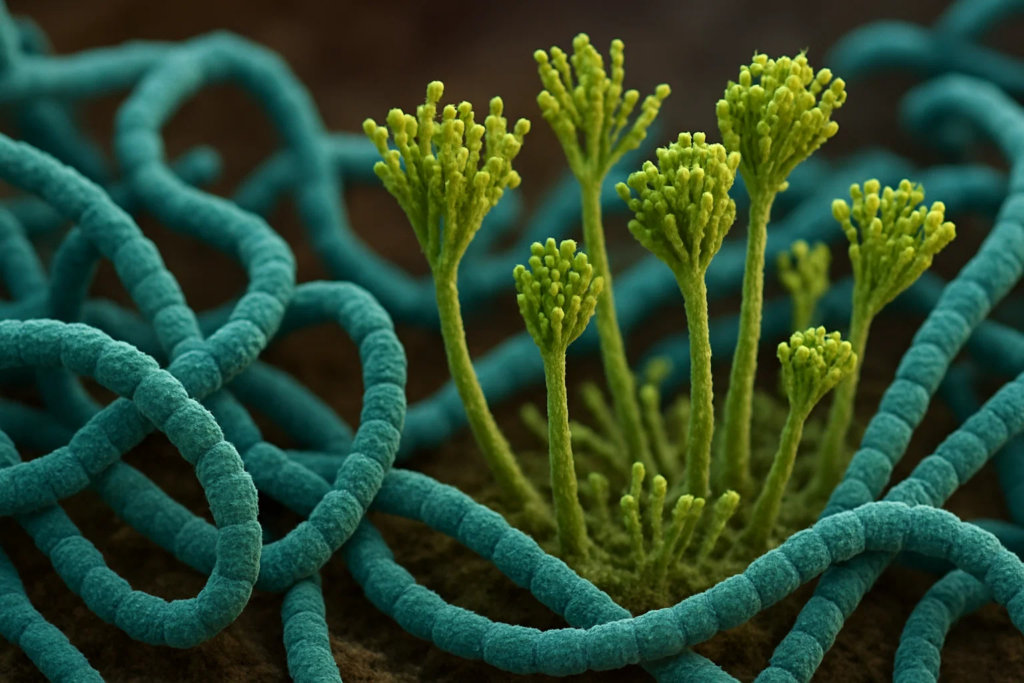
strepto penicillin
introduction to strepto penicillin
Let’s be real—antibiotics are the low-key superheroes of modern medicine. Not flashy like Tony Stark’s suit or Thor’s hammer, but without them? We’d still be losing people to strep throat and infected scrapes. Yikes
When it comes to legendary antibiotic tag teams, Streptomycin and Penicillin—sometimes casually lumped together as “Strepto Penicillin”—are basically the Batman and Robin of bacterial beatdowns. Each is powerful solo, but together? Absolute microbial mayhem
But what exactly is this “Strepto Penicillin” and why does it still matter in a world where we have AI diagnostics, telehealth, and personalized meds
Yes, it still matters. Want the long answer? Buckle up. This is going to be fun and slightly nerdy
What Even Is Strepto Penicillin

Let’s clear something up right away—Strepto Penicillin isn’t one drug. It’s not like you can walk into a pharmacy and grab a box labeled “Strepto Penicillin.” It’s more of a nickname or shorthand that pops up when Penicillin and Streptomycin are discussed or prescribed together
Here’s the duo breakdown
Penicillin is the OG antibiotic discovered in nineteen twenty-eight by Alexander Fleming. It’s great at killing gram-positive bacteria like Streptococcus and Staphylococcus strepto penicillin
Streptomycin was pulled from soil bacteria by Selman Waksman and Albert Schatz in nineteen forty-three. It hits hard against gram-negative bugs and was one of the first effective treatments for tuberculosis strepto penicillin
On their own, each is iconic. Together, they’re a full-spectrum infection-fighting force. Think of it like pairing a sniper with a tank—precision meets power strepto penicillin
A Little History Involving Mold and Dirt
Let’s hop in our time machine real quick
Back in the early nineteen hundreds, bacterial infections were death sentences. A cut on your leg could kill you. Strep throat? Game over. That is, until scientists started harnessing the natural antibacterial powers of mold Penicillin and soil bacteria Streptomycin
These two discoveries revolutionized medicine. Together, they helped crush pneumonia, syphilis, tuberculosis, bacterial meningitis, and battlefield wound infections strepto penicillin
World War Two would’ve been a lot messier without these drugs. Thanks to Penicillin and Streptomycin, survival rates skyrocketed. It wasn’t magic. It was science—and it worked strepto penicillin
How They Work
Let’s break it down like a biology cheat sheet
Penicillin is a beta-lactam antibiotic targeting gram-positive bacteria. It blocks cell wall synthesis, which makes bacteria pop like balloons at a birthday party
Streptomycin is an aminoglycoside targeting mostly gram-negative bacteria like E coli. It interferes with protein production, making bacteria malfunction like glitchy NPCs
Used together, you’ve got both spectrums of the bacterial world covered. That’s why doctors sometimes pull out this combo when they want to hit hard and fast—especially before lab results come in
When Is Strepto Penicillin Actually Used
This combo isn’t thrown around like candy. It’s reserved for situations where a wide net needs to be cast or when we’re dealing with tough bugs
Serious mixed infections like deep tissue infections, abdominal abscesses, and pelvic inflammations are cases where this duo shines. When doctors suspect both gram-positive and gram-negative invaders, they go double-barrel with Penicillin and Streptomycin
In tuberculosis treatment, Streptomycin was the original weapon. While it’s not frontline anymore, it’s still used for multi-drug resistant TB or in places where newer treatments aren’t accessible
In bacterial meningitis cases, time is brain. The quicker you stop the bacteria, the better the outcome. This duo used to be more common before newer targeted treatments came along
In veterinary medicine, this combo is still used for infections in livestock like cows, pigs, and sheep
Side Effects
As with any antibiotic, these two don’t come without risks. You want them to kill bacteria—not wreck your body
Penicillin’s potential side effects include allergic reactions which can be severe, nausea and diarrhea, and yeast infections due to disruption of good bacteria
Streptomycin’s risks include hearing loss which can be permanent, kidney issues especially in older adults, balance problems due to inner ear effects, and rare neuromuscular paralysis
This is why doctors don’t hand out Streptomycin casually. It’s powerful—and a little bit dangerous
Antibiotic Resistance
Here’s the deal. Bacteria evolve quickly. Every time we use antibiotics carelessly, we give them a chance to adapt and fight back
This has led to drug-resistant TB, MRSA, and other superbugs that basically laugh in the face of Penicillin
Think of resistance like your favorite overpowered weapon getting nerfed in a game. Suddenly it’s useless—and now the enemy is stronger
The takeaway Don’t take antibiotics unless absolutely necessary. And always finish the full prescription
A Personal Story
Let me tell you about the time I was hit with a brutal tag-team infection—strep throat and a sinus infection. I felt like I’d been trampled by an angry buffalo
The doc didn’t mess around. I got Penicillin plus Streptomycin. At first I was nervous because of possible hearing issues, but within forty-eight hours, I could swallow without wincing. Within five days, I was eating pizza and shouting at video games again
When used right, this combo works
What About Modern Alternatives
Medicine has moved forward. These days, doctors often reach for newer, safer options before going old-school. Some alternatives include cephalosporins which are similar to Penicillin but broader, macrolides like azithromycin that are gentler on the gut, and fluoroquinolones which are heavy hitters for complicated infections
But Streptomycin and Penicillin aren’t gone. They’re still used in TB treatment regimens, essential in specific bacterial meningitis cases, and active in veterinary medicine and global health campaigns
They’re just not first-line anymore. Think of them like retro classics—not always in rotation, but still powerful
Tips for Taking Strepto Penicillin
If your doctor ever prescribes this dynamic duo, here are some golden rules
Take the full course. Don’t ghost your meds halfway through
Stay hydrated. Especially important with Streptomycin; your kidneys will thank you
Monitor side effects. Any hearing changes or dizziness? Tell your doc immediately
Avoid alcohol. Give your liver a break while it’s processing meds
Don’t save leftovers. That’s how resistance starts
Global Use
In wealthier countries, Strepto Penicillin is semi-retired. But globally? Still essential. In many parts of the world, it’s a lifesaving, affordable option when newer antibiotics aren’t available or affordable
Both drugs are on the WHO’s List of Essential Medicines. That says a lot
Final Thoughts
Streptomycin and Penicillin may not be trendy, but they’re legends for a reason. They’ve saved millions of lives, kicked tuberculosis to the curb, and taught us how powerful microbial science can be
They might be considered old-school, but when used right? They still get the job done
Next time someone mentions Strepto Penicillin, don’t just nod politely. Tip your hat to two of the hardest-working drugs in history. And maybe wash your hands—because infection prevention is still better than treatment
| I am also author of zepbound & buzzcraze | strepto penicillin |





